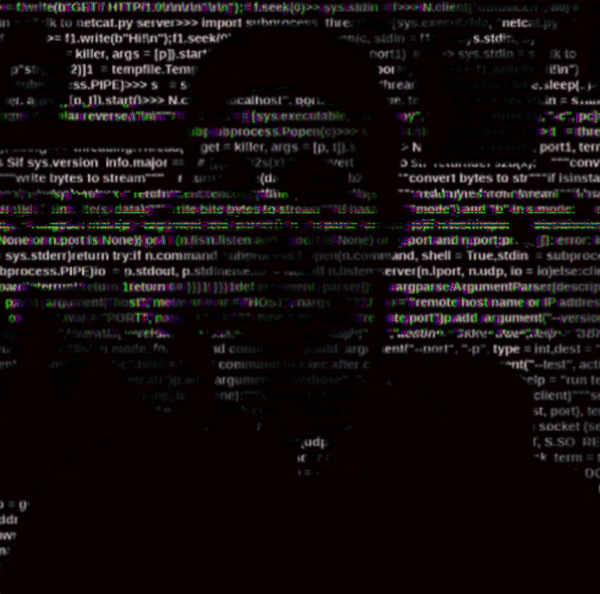That path to Ai: #7 CNNs, RNNs, Feature eng ML / imputaxon

Convolutional Neural Networks (CNNs)
A Convolutional Neural Networks (CNNs) is a Deep Learning algorithm which can take in an input picture, appoint significance (learnable weights and biases) to different articles in the image and have the option to separate one from the other. The pre-processing required in a CNNs; it is a lot of lower when contrasted with different classification algorithms. While in crude methods channels are hand-built, with enough training, CNNs can become familiar with these channels/qualities.
The design of CNNs closely resembles that of the connectivity pattern of Neurons in the Human Brain. Furthermore, it was roused by the association of the Visual Cortex. Singular neurons react to upgrades just in a confined district of the visual field known as the Receptive Field. An assortment of such areas covers to cover the whole optical zone.
Recurrent Neural Networks (RNNs)
Recurrent Neural Networks (RNNs) is a neural network intended for breaking down streams of data by methods for shrouded units. In a portion of the applications like text processing, speech recognition and DNA sequences, the output relies upon the past calculations. Since RNNs manage consecutive data, they are appropriate for the wellbeing informatics area where gigantic measures of successive data are accessible to process
Feature engineering in machine learning
all machine learning algorithms utilise some input data to make yields. This input data includes features, which are, for the most part as organised sections. Algorithms require features with some particular trademark to work appropriately. Here, the requirement for feature engineering emerges. feature engineering endeavours mostly have two objectives:
- Setting up the best possible input dataset, viable with the machine learning algorithm necessities.
- Improve the exhibition of machine learning models.
Making new features gives a more profound comprehension of the data and the results in more significant experiences. We are keen on making it more straightforward for a machine learning model. However, a few features can be generated, so the data visualisation prepared for individuals without a data-related foundation can be more processable. Nonetheless, the idea of straightforwardness for the machine learning models is a confounded thing as various models regularly require multiple methodologies for the different types of data.
Imputation
Missing values are one of the most widely recognised issues that can happen when attempting to set up a dataset for machine learning. These are some of the techniques used to fix the data.
- Drop rows/columns: The most basic solution to the missing values is to drop the rows or the whole column. There is not an ideal limit for dropping yet 70% of the dataset will be still available.
- Numerical Imputation: Imputation is a more best alternative as opposed to dropping the data; in this way, it preserves the data size. If there are just a couple of invalid data values, an ideal approach to fix this issue is by replacing the missing values with the mean or median depending on the data type.
- Categorical Imputation: In this type of imputation any missing value gets a replacement with the highest occurred value in the column.
- Transformations: transformation (Logarithm transform or log transform) is one of the most utilised mathematical transformation in feature engineering. It is incredibly beneficial because of its effectiveness to deal with diagonal data, after the transformation the appropriation turns out to be realistic and close to standard data. Its disadvantage, the data that apply log transform must have just positive values.
- Label Encoding: Label encoding change categories to numbers. Despite the chance of encoding both nominal and ordinal data, label encoding functions admirably with ordinal data. Likewise, this method is valuable when using tree-based algorithms, for example, decision trees, among others.
- Time-series: The time series methods of imputation expect the adjoining perceptions will resemble the missing data. These methods function admirably when that supposition is legitimate. However, these techniques will not generally produce good results, mainly on account of substantial seasonality. Sometimes the data contain a feature as a timestamp and there is no choice only to use it, it is hard to acquire any significant data except if it turns out essential data.





